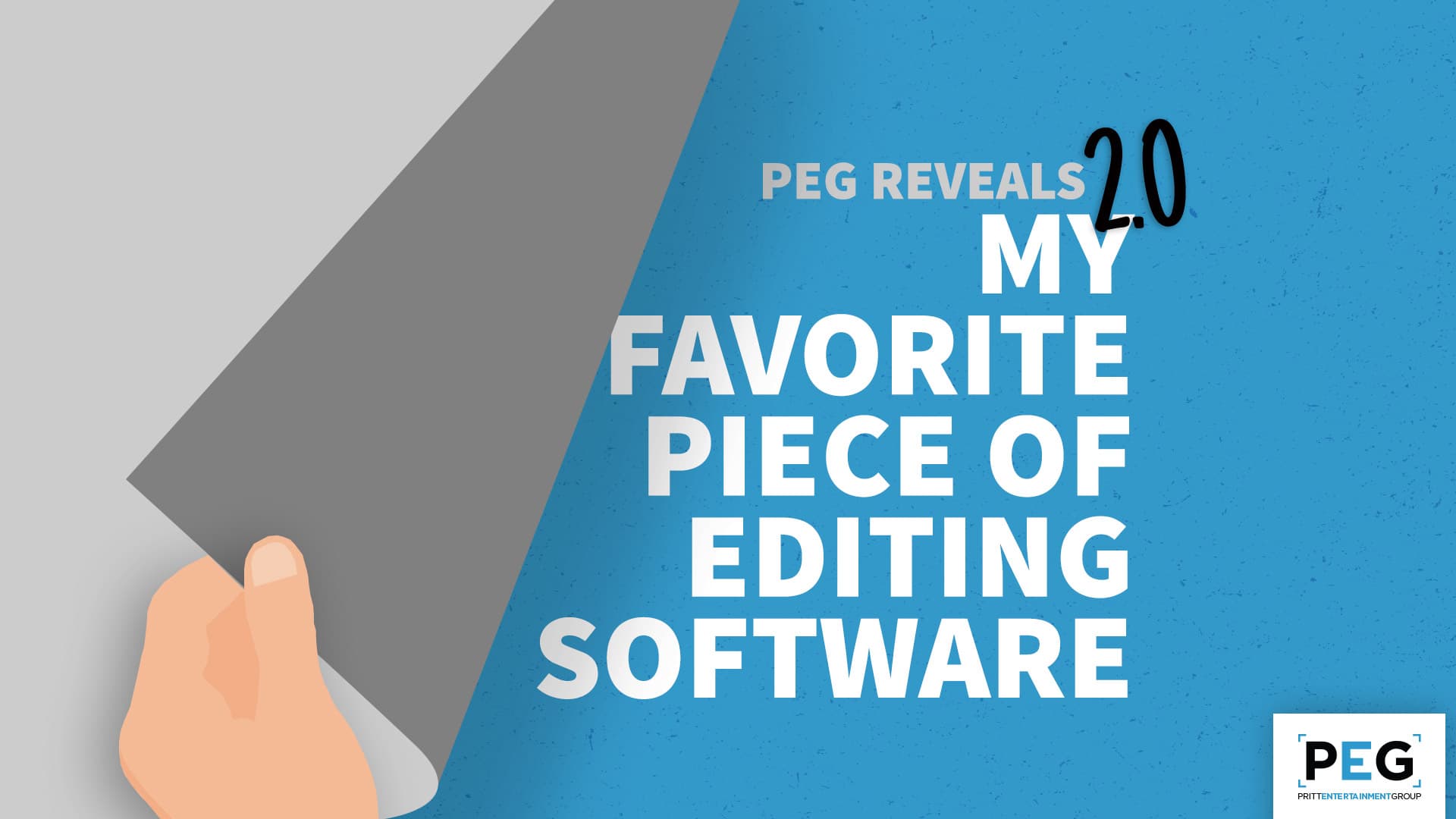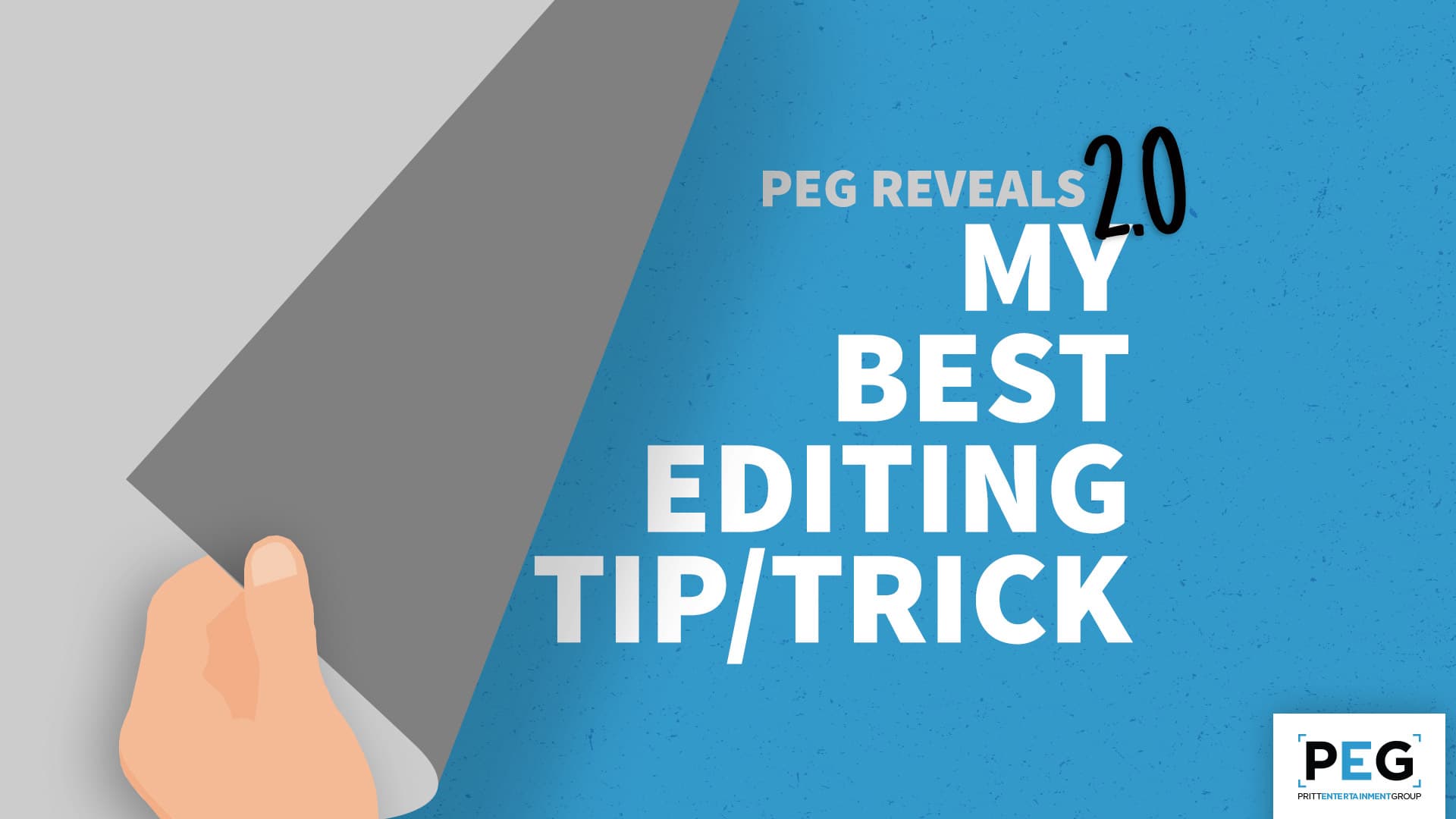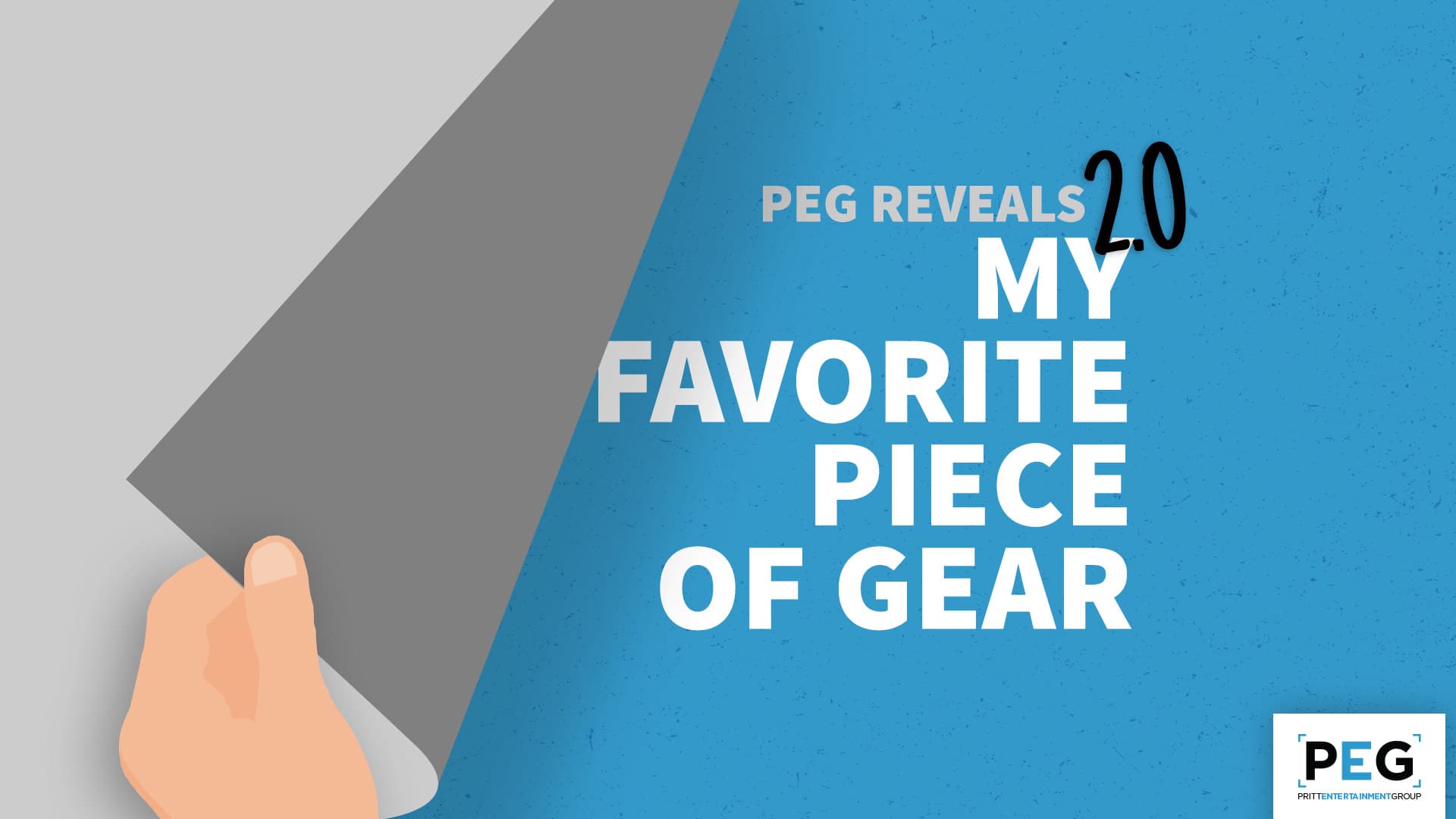PEG Reveals 2.0: My Advice for Learning to Edit
Being creative means there isn't always a right way or wrong way of doings things. Over the years, everyone forms their own ways of working, their own tricks-of-the-trade and finds their own favorite things! This series focuses our talented creative team and their thoughts on a few production-related topics.
My Advice for Learning to Edit:

Jeffrey
For me, I think the best way is to learn as you go, but don’t skip the core fundamentals. When I started into animation I watched 10+ hours of courses that taught the basics of animation. Keyframing, linear vs bezier, raster vs vector, all the classics. Then once I felt I had enough to get going, I pretty much just stopped watching courses/tutorials and started into making content. As projects came along, they’d usually have one or two items in them I didn’t know how to do, so I’d go hunt down learning content about those on a case by case basis. By doing that, I learned as I went, and in my opinion that was a really efficient way to learn.

Josh
I would say be meticulous about learning each and every tool in each program, I still meet people who have done this forever don’t know what the ripple edit tool is. Start with understanding where everything you need in the program is, then move on to practicing with random fun projects. Find cool ideas on YouTube and replicate them with the creator, or come up with something to do on your own! All that matters is that you keep using the software and getting better at using the tools it offers you efficiently. Well.. I guess it also matters that you have fun while you do it too!

Craig
After understanding the basics of the software, I always recommend to keep things simple with what you know and how you create. Just starting off, there’s always a desire to try complex ideas you see in large brand advertising or professional film work, without fully knowing how to make it. This usually leads to frustration or a poor result. When you start off, focus on the basics to build complexity. Sometimes that takes you looking at a video or animation and deconstructing how to simplify the motion properties or identify the literal cuts of a sequence. Then it’s a matter of stacking and staggering those basics to form some complex ideas. And after the basics are used in innovative and individual ways, then it’s easier to progress to more advanced techniques.

James
My advice for people who are starting out with really any aspect of production is to constantly seek inspiration, then meticulously study what inspires you. Content is everywhere you look, and if you’re a content producer then you likely consume a lot of content. It’s important to be aware of the content that you like - but more importantly why you like it. It’s one thing to just watch a cool looking video or movie and enjoy it, but it’s another thing to dissect and digest it. Whether you’re an editor, animator or videographer, you can study what you like and take notes on what you see, how you think it was accomplished and whether there are certain aspects that can be borrowed, adapted or even improved when you’re doing your own work. Do this enough and you’ll soon develop your own style that others will notice and perhaps get inspiration from too.

David
If I could offer advice for someone starting out, it would be to just make content and keep taking risks. It’s scary at first and everything you make will be terrible, but the only way to progress and learn is to keep making content and throwing yourself into new projects. Try your hand at everything, you’ll never know what you might love!




